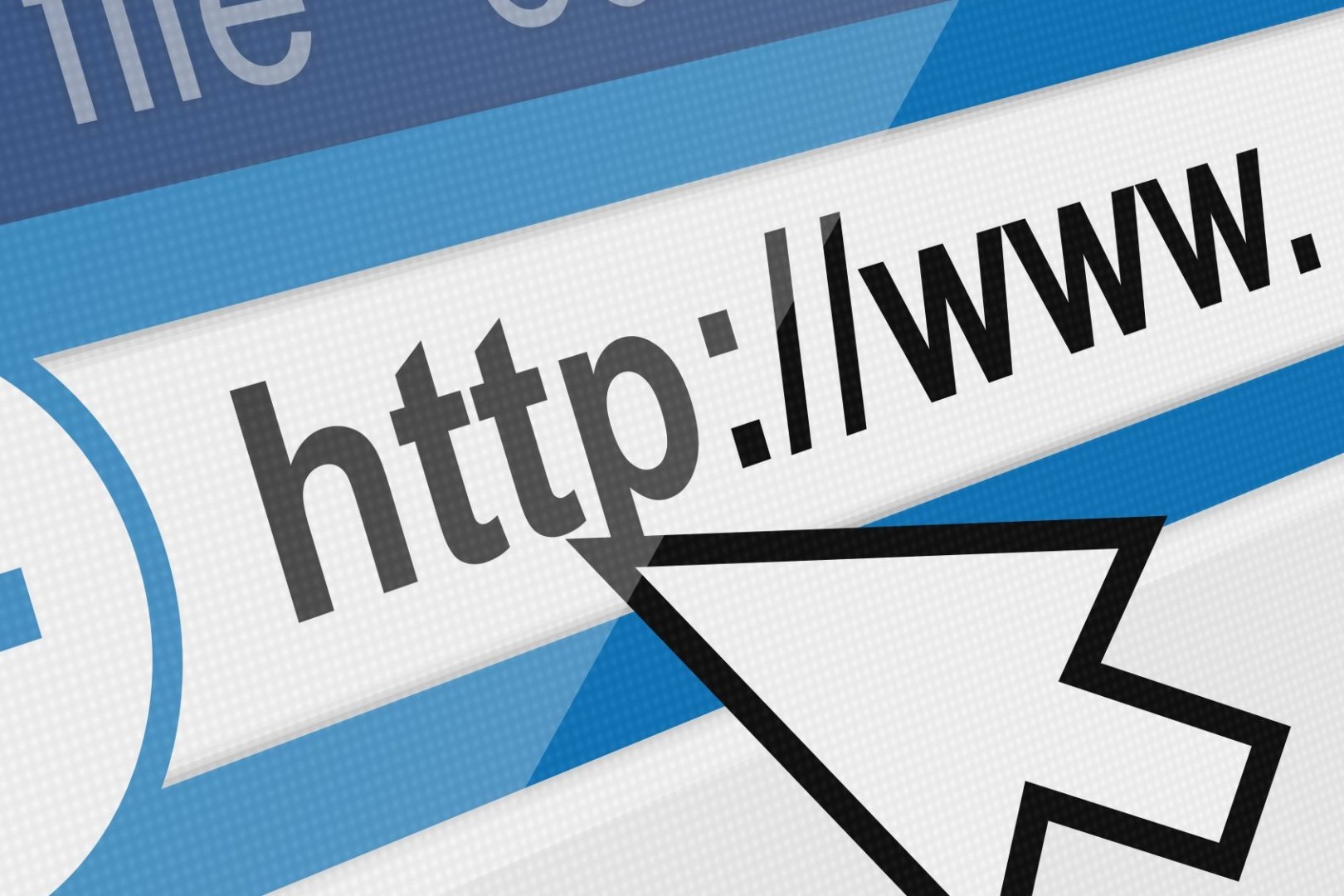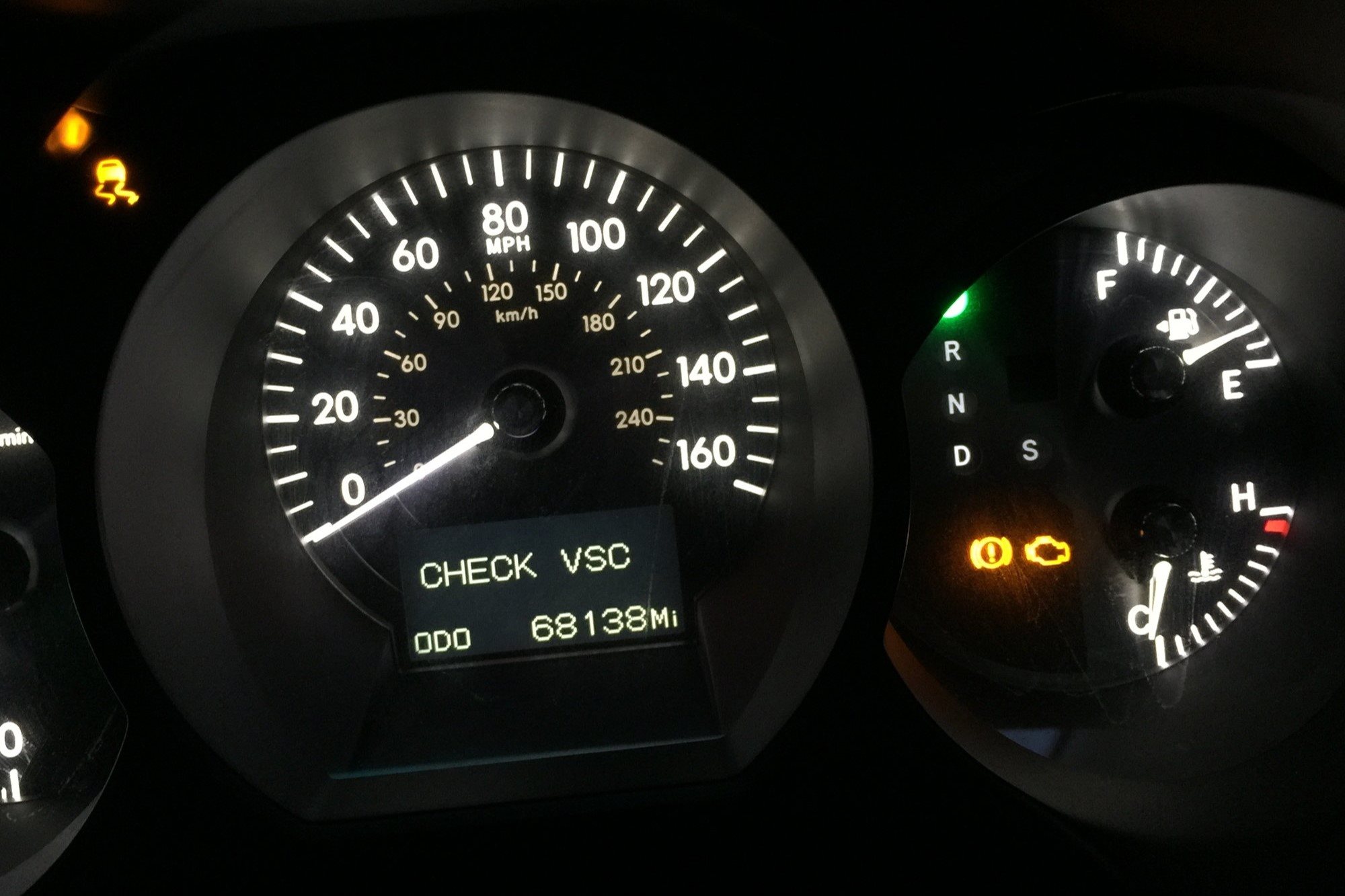Home>Automotive>Unveiling The Mystery Behind The Lightning Bolt Symbol On Your Dashboard


Automotive
Unveiling The Mystery Behind The Lightning Bolt Symbol On Your Dashboard
Published: January 20, 2024
Discover the significance of the lightning bolt symbol on your dashboard with our comprehensive guide. Gain insights into automotive warning lights and ensure safe driving.
(Many of the links in this article redirect to a specific reviewed product. Your purchase of these products through affiliate links helps to generate commission for Noodls.com, at no extra cost. Learn more)
Table of Contents
Introduction
The sight of a mysterious symbol lighting up on your car's dashboard can be quite unsettling. Among the array of warning lights, the lightning bolt symbol stands out as a particularly enigmatic and concerning indicator. As a driver, encountering this symbol can evoke a sense of urgency and the need for immediate attention. However, understanding the implications behind this lightning bolt symbol is the key to addressing the underlying issue effectively.
In the realm of automotive diagnostics, the lightning bolt symbol, often accompanied by an exclamation mark, serves as a warning sign that something is amiss within the vehicle's electronic throttle control system. This system plays a crucial role in regulating the engine's power output, ensuring smooth acceleration, and maintaining optimal fuel efficiency. When the lightning bolt symbol illuminates on the dashboard, it signifies a disruption or fault within this intricate network of sensors, actuators, and electronic components.
The lightning bolt symbol is a tangible manifestation of the vehicle's internal communication system, signaling the need for prompt attention to prevent potential performance issues or safety concerns. For many drivers, the appearance of this symbol can trigger a sense of unease and uncertainty, prompting the question: "What does this mean, and what should I do?"
In the following sections, we will delve into the underlying causes of the lightning bolt symbol, shedding light on the common culprits behind its activation. By unraveling the mystery shrouding this warning indicator, drivers can gain valuable insights into the potential issues affecting their vehicle's electronic throttle control system. Moreover, equipping oneself with this knowledge can empower drivers to take proactive measures when faced with the lightning bolt symbol, ensuring the continued reliability and performance of their cherished automobiles.
Understanding the Lightning Bolt Symbol
The lightning bolt symbol, often depicted in the shape of a stylized lightning bolt or accompanied by an exclamation mark, serves as a vital warning indicator on modern vehicle dashboards. This symbol is intricately linked to the electronic throttle control system, a sophisticated mechanism responsible for managing the engine's power output and ensuring seamless acceleration. When the lightning bolt symbol illuminates, it signifies an anomaly or malfunction within this critical system, prompting drivers to address the underlying issue promptly.
At its core, the electronic throttle control system, also known as drive-by-wire, has largely replaced traditional mechanical linkages between the accelerator pedal and the throttle. Instead, it relies on a network of sensors, actuators, and electronic control units to precisely regulate the engine's power delivery based on driver input and various operating conditions. The lightning bolt symbol acts as a direct conduit, alerting drivers to potential disruptions within this intricate electronic ecosystem.
The appearance of the lightning bolt symbol is often accompanied by a reduction in engine power and responsiveness, as the vehicle's onboard computer enters a fail-safe or limp mode to mitigate potential damage. This precautionary measure aims to safeguard the engine and its components from adverse effects stemming from the detected anomaly. Consequently, drivers may experience sluggish acceleration, limited throttle response, or an overall decrease in performance when this warning light becomes active.
Understanding the implications of the lightning bolt symbol goes beyond mere visual recognition; it underscores the need for comprehensive diagnostic measures to identify the root cause of the issue. By grasping the pivotal role of the electronic throttle control system and its associated warning indicators, drivers can navigate the complexities of modern vehicle technology with heightened awareness and responsiveness.
In essence, the lightning bolt symbol serves as a sentinel, communicating the vehicle's internal health status and urging drivers to delve deeper into the underlying fault. By unraveling the significance of this symbol, drivers can foster a deeper connection with their vehicles, fostering a proactive approach to maintenance and troubleshooting.
Common Causes of the Lightning Bolt Symbol
The activation of the lightning bolt symbol on the dashboard can stem from various underlying issues within the electronic throttle control system. Understanding these common causes is pivotal in addressing the root of the problem effectively. Here are the primary culprits behind the illumination of this enigmatic warning indicator:
-
Throttle Body Malfunction: The throttle body serves as a critical component within the electronic throttle control system. Over time, carbon deposits and grime can accumulate within the throttle body, impeding its functionality and triggering the lightning bolt symbol. This obstruction disrupts the airflow and compromises the precise regulation of the engine's power output.
-
Faulty Throttle Position Sensor: The throttle position sensor plays a pivotal role in relaying the position of the throttle to the vehicle's electronic control unit. A malfunctioning sensor can transmit erroneous data, leading to erratic throttle responses and potential triggering of the lightning bolt symbol.
-
Electronic Control Unit (ECU) Anomalies: The ECU serves as the nerve center of the electronic throttle control system, orchestrating the interaction between the accelerator pedal, throttle body, and various sensors. Anomalies within the ECU, such as software glitches or electrical issues, can manifest as the activation of the lightning bolt symbol.
-
Wiring and Connector Issues: The intricate network of wiring and connectors that facilitate communication between the electronic throttle control components is susceptible to wear, corrosion, or damage. Faulty wiring or connectors can disrupt the flow of vital signals, leading to the illumination of the lightning bolt symbol.
-
Intake System Irregularities: Anomalies within the vehicle's intake system, such as air leaks or sensor malfunctions, can impact the air-fuel mixture ratio and throttle control, potentially triggering the lightning bolt symbol as a safeguard against compromised performance.
-
Accelerator Pedal Position Sensor Dysfunction: The accelerator pedal position sensor, responsible for relaying driver input to the electronic throttle control system, can experience malfunctions, leading to discrepancies between the driver's commands and the actual throttle response.
Understanding these common causes of the lightning bolt symbol empowers drivers to engage in proactive maintenance and diagnostics, fostering a deeper connection with their vehicles and ensuring optimal performance and reliability. When faced with the illumination of this warning indicator, a systematic approach to identifying and addressing these underlying issues is paramount in restoring the vehicle's electronic throttle control system to its optimal state.
What to Do When the Lightning Bolt Symbol Appears
When the lightning bolt symbol illuminates on your car's dashboard, it serves as a crucial prompt for immediate attention. While the sight of this warning indicator can evoke a sense of concern, taking proactive steps can aid in addressing the underlying issue effectively. Here's a comprehensive guide on what to do when faced with the activation of the lightning bolt symbol:
-
Safety First: As soon as the lightning bolt symbol appears, it's essential to prioritize safety. Maintain a steady speed and seek a suitable location to pull over safely. Engage the vehicle's hazard lights to alert other drivers of your reduced speed and the need for caution.
-
Diagnostic Scan: Upon safely stopping the vehicle, consider using an OBD-II scanner to retrieve diagnostic trouble codes (DTCs) associated with the lightning bolt symbol. These codes can provide valuable insights into the specific nature of the fault within the electronic throttle control system.
-
Throttle Body Inspection: If equipped with the necessary tools and expertise, inspect the throttle body for signs of carbon buildup or obstructions. Thoroughly cleaning the throttle body can help alleviate potential issues stemming from restricted airflow and throttle control.
-
Throttle Position Sensor Evaluation: Assess the functionality of the throttle position sensor to ensure accurate transmission of throttle position data to the vehicle's electronic control unit. Any detected irregularities should be addressed promptly to restore optimal sensor performance.
-
Evaluating Wiring and Connectors: Conduct a visual inspection of the wiring and connectors associated with the electronic throttle control system. Look for signs of wear, corrosion, or damage, and address any identified issues to ensure seamless communication between system components.
-
Professional Diagnostics: If the cause of the lightning bolt symbol remains elusive or requires specialized expertise, consider seeking professional diagnostics from a certified automotive technician. Their comprehensive assessment can pinpoint the root cause of the issue and facilitate precise remedial actions.
-
Thorough Repairs: Based on the diagnostic findings, proceed with the necessary repairs or component replacements to rectify the underlying issues. This may involve addressing throttle body obstructions, replacing malfunctioning sensors, or resolving wiring/connectivity anomalies.
-
System Reset: Upon completing the required repairs, consider performing a system reset to clear any stored fault codes and recalibrate the electronic throttle control system. This can help ensure the effective integration of repaired components and the restoration of optimal system functionality.
By adhering to these proactive measures when the lightning bolt symbol appears, drivers can navigate the complexities of the electronic throttle control system with confidence and precision. Embracing a systematic approach to addressing this warning indicator empowers drivers to safeguard their vehicles' performance and reliability, fostering a deeper understanding of their cherished automobiles.
Conclusion
In conclusion, the lightning bolt symbol on your car's dashboard serves as a potent reminder of the intricate electronic throttle control system's pivotal role in regulating engine performance. When this enigmatic warning indicator illuminates, it signals the need for prompt attention to address potential anomalies within the system. By unraveling the mystery behind the lightning bolt symbol and understanding its implications, drivers can embark on a proactive journey toward maintaining their vehicles' optimal functionality and reliability.
The comprehensive understanding of the common causes behind the activation of the lightning bolt symbol empowers drivers to navigate the diagnostic landscape with heightened awareness. Whether stemming from throttle body obstructions, sensor malfunctions, wiring anomalies, or intake system irregularities, these underlying issues can be effectively addressed through systematic diagnostic measures and targeted remedial actions. This knowledge fosters a deeper connection with the vehicle, enabling drivers to engage in proactive maintenance and troubleshooting, thereby ensuring sustained performance and safety.
When faced with the illumination of the lightning bolt symbol, drivers are urged to prioritize safety, engage in diagnostic scans, and conduct thorough inspections of critical components such as the throttle body, throttle position sensor, and wiring/connectors. Embracing a proactive approach to addressing this warning indicator not only enhances the vehicle's reliability but also cultivates a sense of empowerment and confidence in navigating potential electronic system anomalies.
Moreover, seeking professional diagnostics and performing thorough repairs in response to the lightning bolt symbol's activation underscores the commitment to maintaining the vehicle's optimal functionality. By adhering to these proactive measures, drivers can effectively restore the electronic throttle control system to its peak performance, fostering a harmonious synergy between human input and technological precision.
In essence, the lightning bolt symbol, while initially shrouded in mystery and concern, serves as a catalyst for drivers to deepen their understanding of the electronic throttle control system and its associated warning indicators. By embracing a proactive and informed approach, drivers can confidently navigate the complexities of modern vehicle technology, ensuring the sustained reliability, performance, and safety of their cherished automobiles.















